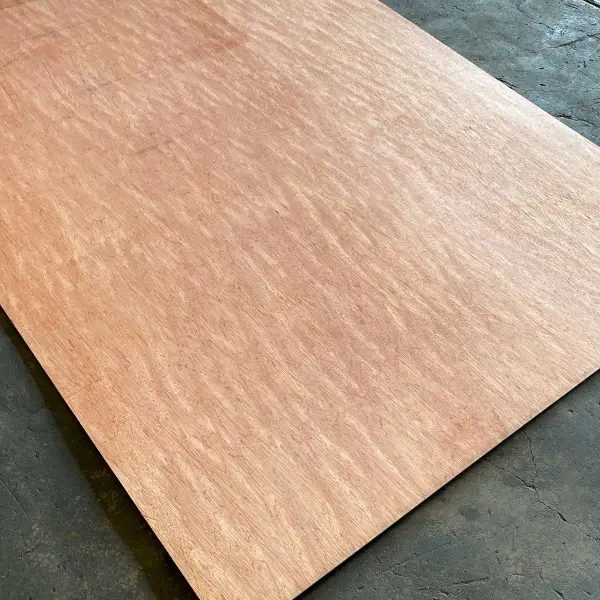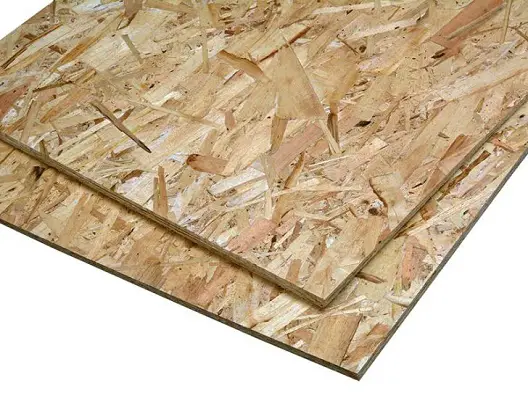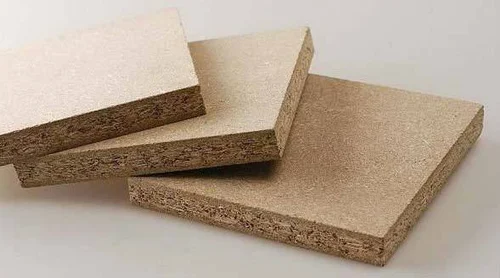How to Replace Subfloor in a Mobile Home: A Step-by-Step Guide
The subfloor is a crucial component of any mobile home. Over time, due to wear and tear or water damage, the subfloor may deteriorate and require replacement. If you’re facing the daunting task of replacing the subfloor in your mobile home, don’t worry! In this comprehensive guide, we will walk you through the process step-by-step, ensuring a successful and professional outcome. So let’s dive in!
Tools and Materials You’ll Need
Before we begin, gather the following tools and materials to ensure a smooth subfloor replacement process:
Tools:
- Safety goggles
- Gloves
- Tape measure
- Circular saw
- Reciprocating saw
- Pry bar
- Hammer
- Chisel
- Screwdriver
- Drill
- Level
- Carpenter’s square
- Utility knife
Materials:
- Plywood sheets
- Construction adhesive
- Nails
- Screws
- Subfloor adhesive
- Insulation (if required)
- Moisture barrier (if required)
- The floor covering of your choice
What is the best subfloor material for mobile home?
Plywood

Plywood is a popular choice for subfloors due to its strength, durability, and resistance to moisture. It consists of multiple layers of wood veneers bonded together, creating a sturdy and stable surface for flooring installation. Plywood is available in different thicknesses, and using thicker plywood can enhance structural integrity.
Oriented Strand Board (OSB)

OSB is another commonly used subfloor material in mobile homes. It is made from wood strands or chips that are bonded together with resin and compressed under high pressure. OSB is known for its strength and affordability. However, it is more susceptible to moisture damage compared to plywood, so proper moisture protection measures are necessary.
Particleboard

Particleboard is an engineered wood product made from wood chips, sawdust, and resin. It is an economical option for subfloors but is less durable and moisture-resistant compared to plywood and OSB. Particleboard is suitable for areas with low moisture exposure but may not be the best choice for bathrooms or kitchens.
Ultimately, the best subfloor material for your mobile home depends on factors such as budget, intended use, and local climate conditions. It’s important to consider the specific requirements of your mobile home
What is the strongest subfloor material?
The strength of plywood is influenced by factors such as the thickness of the panels and the quality of the wood used. Thicker plywood panels generally offer greater strength and stiffness. Additionally, plywood with a higher grade and better bonding quality tends to exhibit superior strength characteristics.
1. Preparation
- Safety First: Put on safety goggles and gloves to protect yourself from potential hazards.
- Clear the Area: Remove any furniture, appliances, or existing floor coverings from the area where you’ll be working.
- Assess the Damage: Inspect the subfloor for signs of water damage, rot, or structural issues. Determine the extent of the damage to plan your replacement strategy.
2. Remove the Damaged Subfloor
- Create Access Points: Use a circular saw to cut the damaged subfloor into manageable sections. This will make it easier to remove.
- Remove the Sections: Use a reciprocating saw, pry bar, and hammer to carefully remove the damaged subfloor sections. Take your time to avoid damaging surrounding areas.
3. Prepare the New Subfloor
- Measure and Cut: Measure the dimensions of the open subfloor areas and cut the plywood sheets to fit using a circular saw. Ensure the sheets are of the correct thickness for adequate support.
- Apply Construction Adhesive: Apply construction adhesive on the joists where the new subfloor will be installed. This will enhance stability and prevent squeaking.
- Install the New Subfloor: Place the cut plywood sheets onto the adhesive, aligning the edges with the joists. Secure them in place using nails or screws, ensuring a sturdy and level surface.
4. Finishing Touches
- Inspect and Level: Use a level to ensure the newly installed subfloor is even and level. Make any necessary adjustments by adding shims or sanding down high spots.
- Apply Subfloor Adhesive: Apply subfloor adhesive to the seams between the plywood sheets to enhance their bond and minimize squeaking.
- Install Insulation and Moisture Barrier: If required, install insulation between the joists and add a moisture barrier to protect against moisture damage.
- Cover the Subfloor: Choose your preferred floor covering, such as carpet, laminate, or vinyl, and install it according to the manufacturer’s instructions.
5. Clean Up and Final Inspection
- Clean the Area: Remove any debris, dust, or excess adhesive from the subfloor and surrounding areas.
- Inspect the Work: Perform a final inspection to ensure the subfloor replacement is secure, level, and free of defects.
How do I know if my subfloor needs to be replaced in my mobile home?
Signs of a deteriorating subfloor include sagging or uneven floors, soft spots, squeaking noises, visible water damage, or a noticeable bounce when walking. If you notice any of these issues, it’s a good indication that your subfloor may need replacement.
Can I replace only the damaged sections of the subfloor, or should I replace the entire subfloor?
It depends on the extent of the damage. If only a small portion of the subfloor is affected, you can typically replace only those damaged sections. However, if the damage is widespread or there are structural issues, it’s best to replace the entire subfloor for proper support and stability.
What Size Air Conditioner For A 14×70 Mobile Home
What type of plywood should I use for the new subfloor?
It’s recommended to use exterior-grade plywood with a thickness appropriate for the mobile home’s structural requirements. Typically, 3/4-inch plywood is suitable for most mobile home subfloors, but check local building codes and consult with professionals to ensure compliance.
Do I need to remove the existing floor covering before replacing the subfloor?
Yes, it’s generally necessary to remove the existing floor covering to access and replace the subfloor properly. This allows you to assess the subfloor’s condition, address any underlying issues, and ensure a solid foundation for the new flooring.
Should I hire a professional to replace the subfloor in my mobile home, or can I do it myself?
The complexity of the subfloor replacement process may vary depending on the extent of the damage and your level of DIY experience. While some homeowners with the necessary skills and tools may choose to tackle the project themselves, it’s often advisable to hire a professional contractor or carpenter to ensure the job is done correctly and to comply with building codes.
How long does it typically take to replace the subfloor in a mobile home?
The time required to replace a subfloor can vary depending on factors such as the size of the mobile home, the extent of the damage, and the availability of tools and materials. It’s best to allocate sufficient time to the project, accounting for potential challenges and unexpected delays.
Can I walk on the subfloor immediately after installation?
It’s recommended to allow adequate time for the subfloor adhesive and any additional treatments, such as moisture barriers, to set and dry properly. Follow the manufacturer’s instructions for specific drying times before walking on the subfloor or installing new flooring.
How can I prevent future subfloor damage in my mobile home?
To minimize the risk of subfloor damage, ensure proper ventilation and moisture control within your mobile home. Address any plumbing leaks promptly, maintain a consistent indoor humidity level, and take preventive measures to protect the subfloor from water intrusions, such as using moisture barriers and sealing gaps and cracks.
Are there any additional considerations for replacing the subfloor in a mobile home with a raised foundation?
Mobile homes with raised foundations may require additional steps, such as supporting the structure while removing the old subfloor and ensuring proper alignment and attachment of the new subfloor. It’s crucial to consult with professionals experienced in working with mobile homes on raised foundations for guidance specific to your situation.
Are permits required for replacing the subfloor in a mobile home?
Permit requirements vary depending on local building codes and regulations. It’s essential to check with your local building department to determine if permits are necessary for your subfloor replacement project. Adhering to local regulations ensures compliance and the safety of your mobile home.
Conclusion
If you have successfully replaced the subfloor in your mobile home, restoring its structural integrity and preparing it for new flooring. By following this step-by-step guide and using the right tools and materials, you can achieve a professional and long-lasting result.
